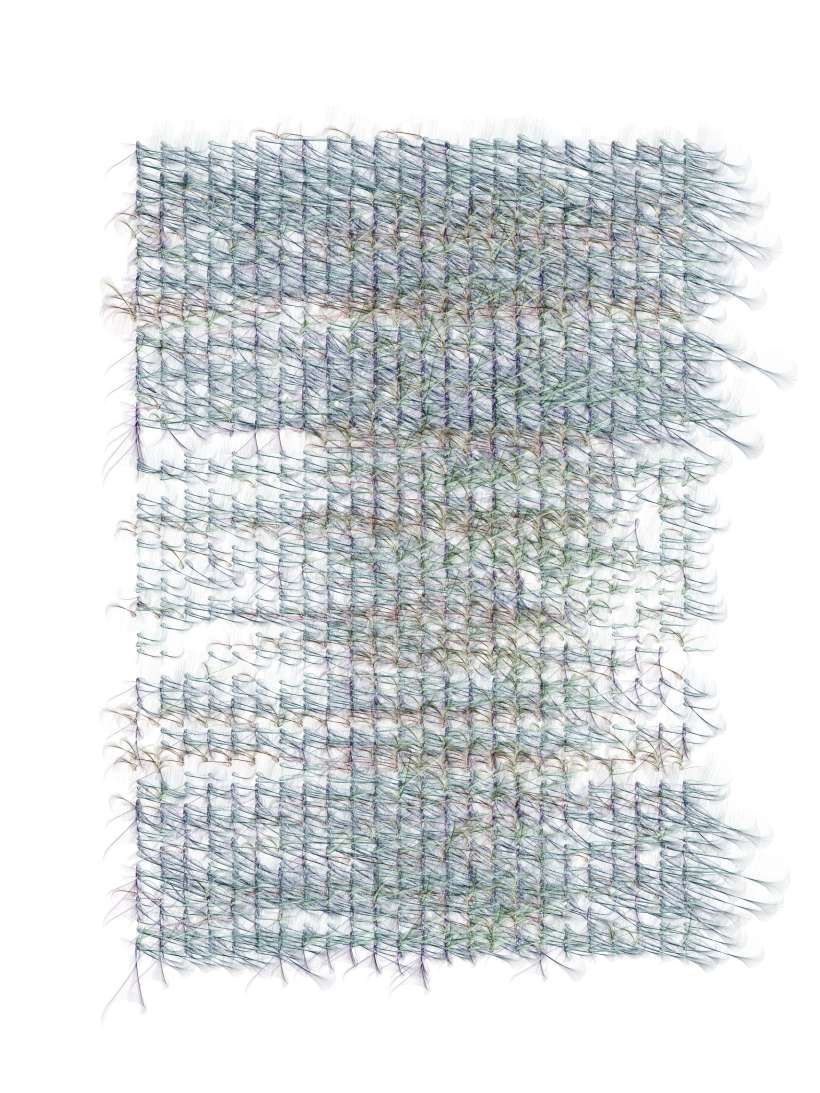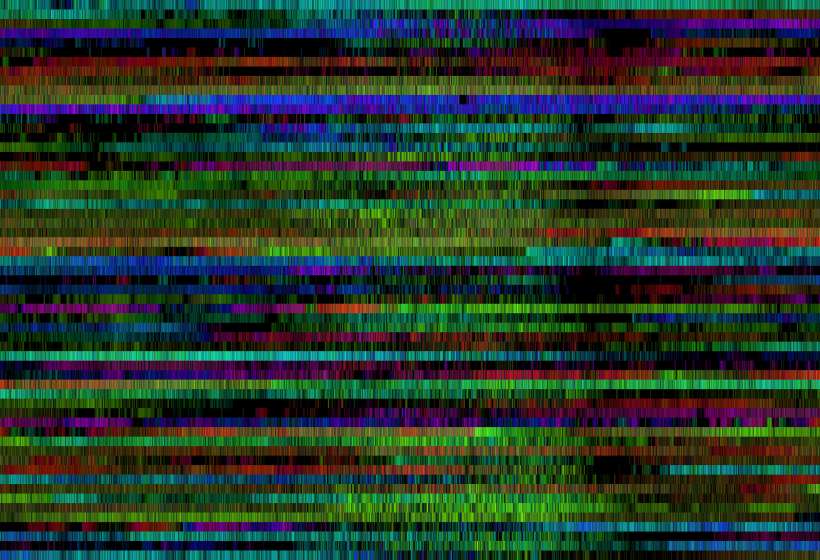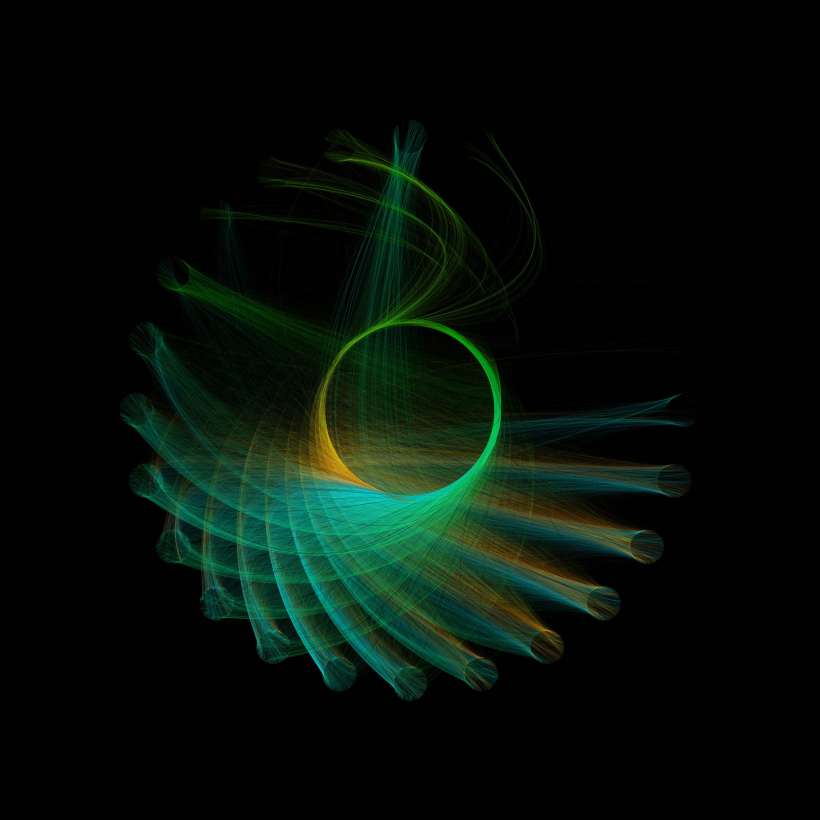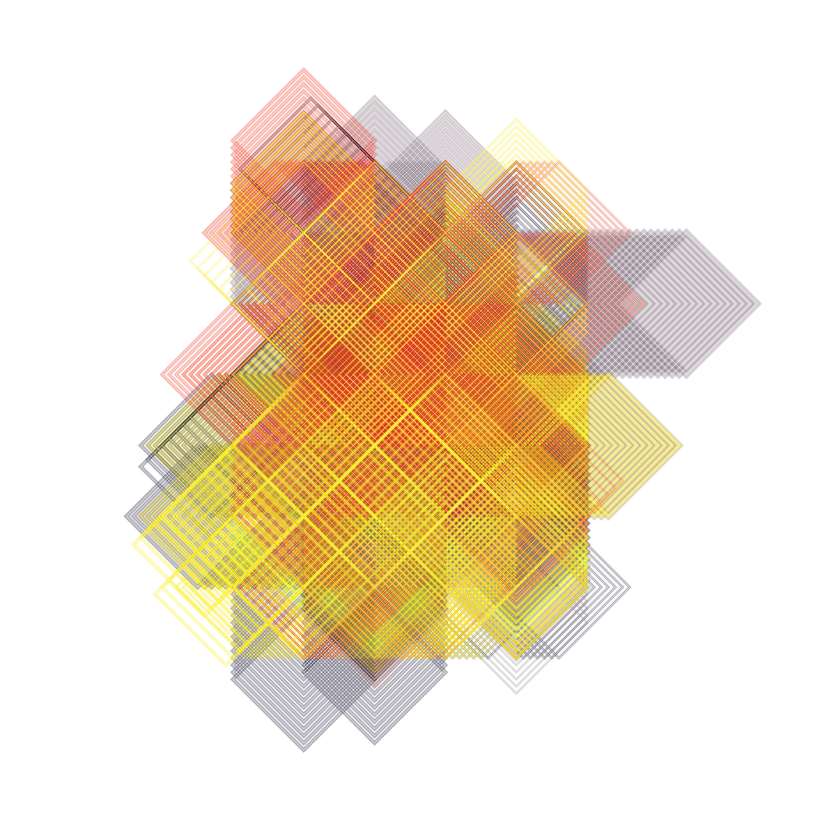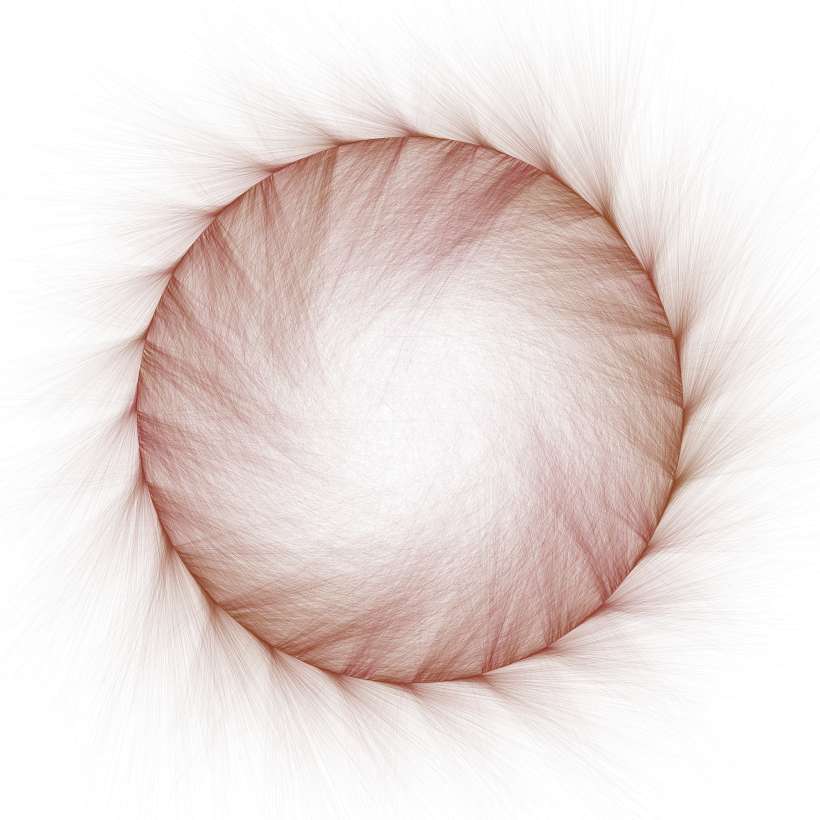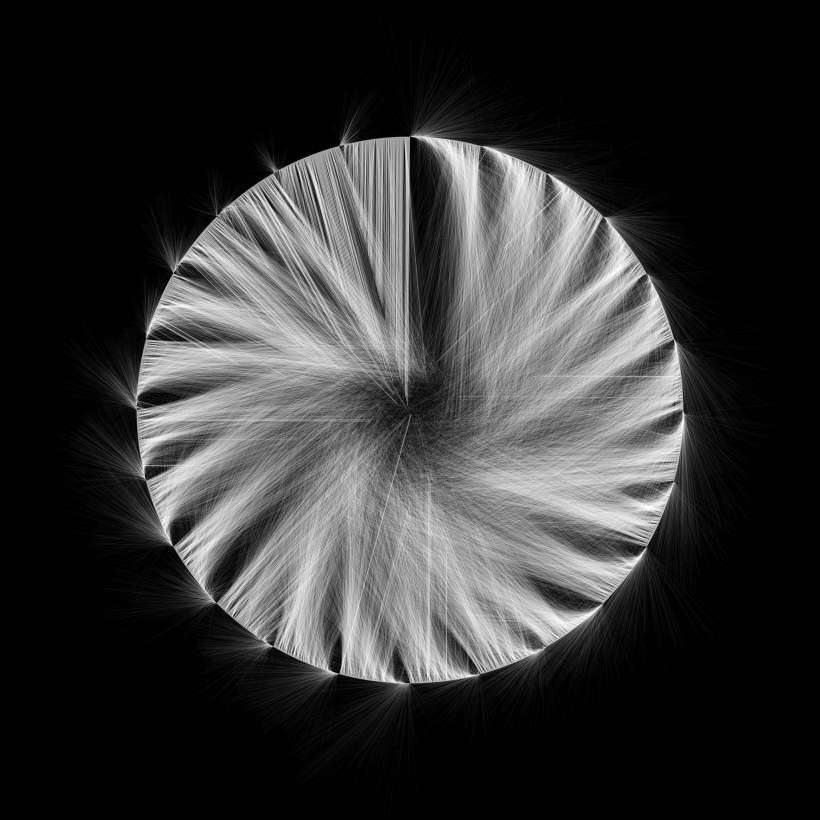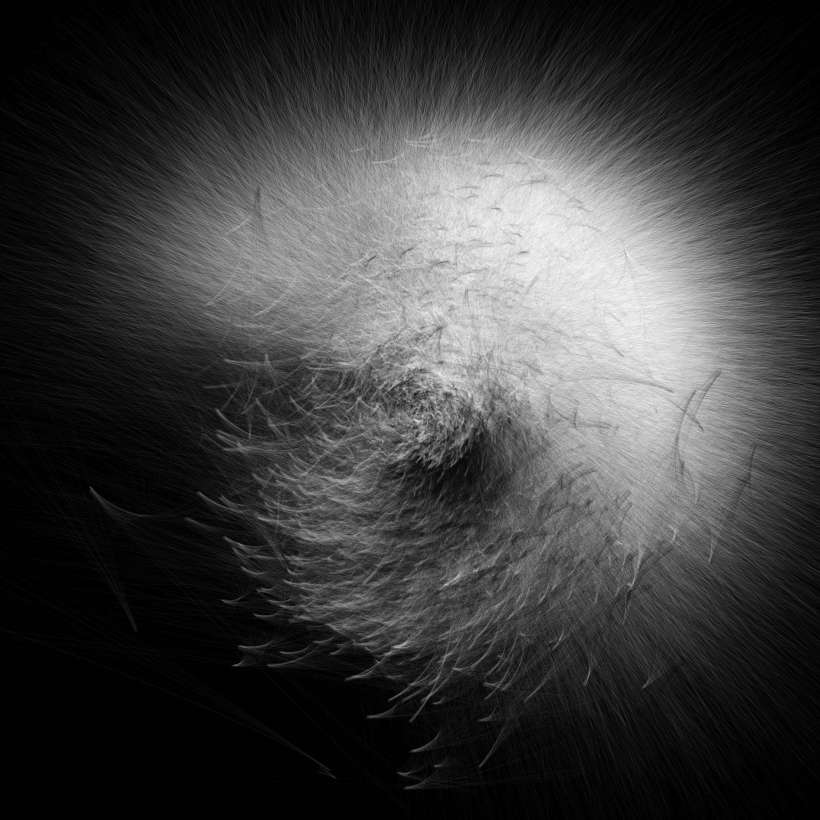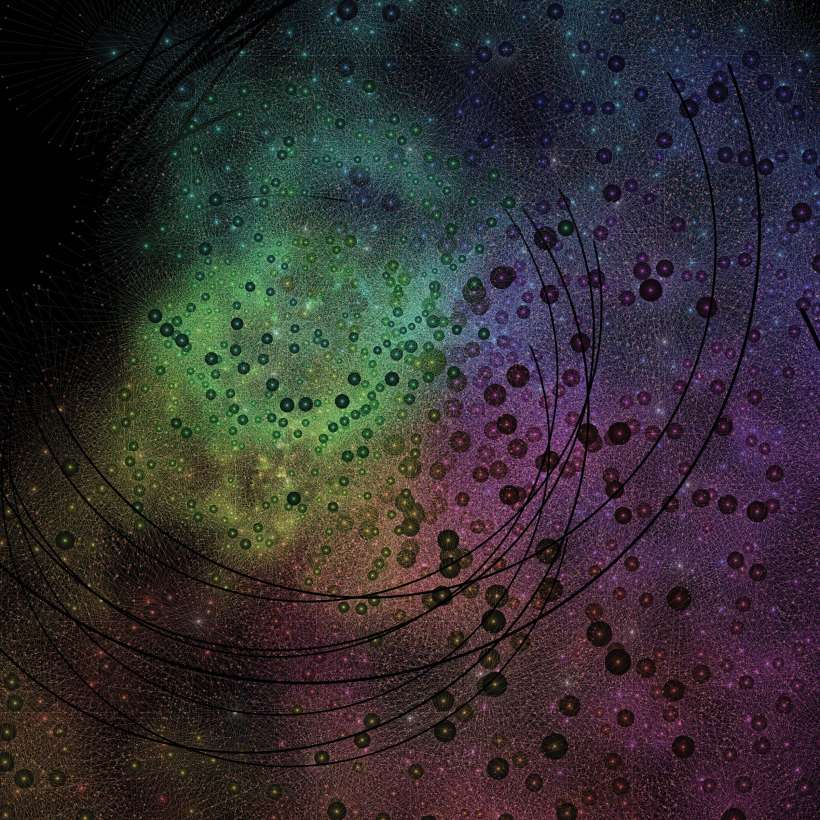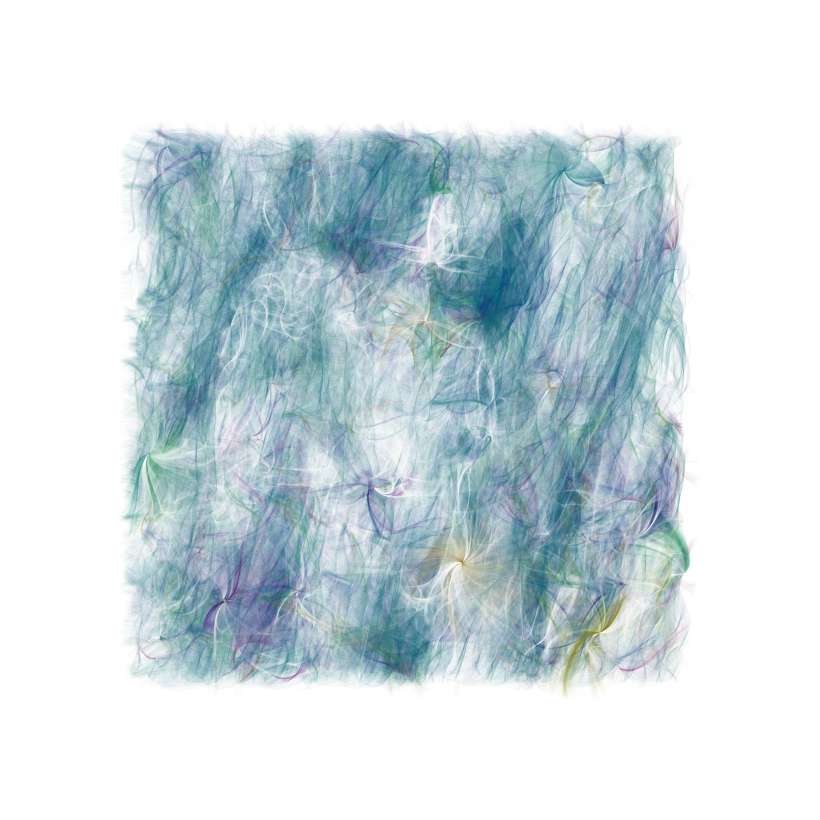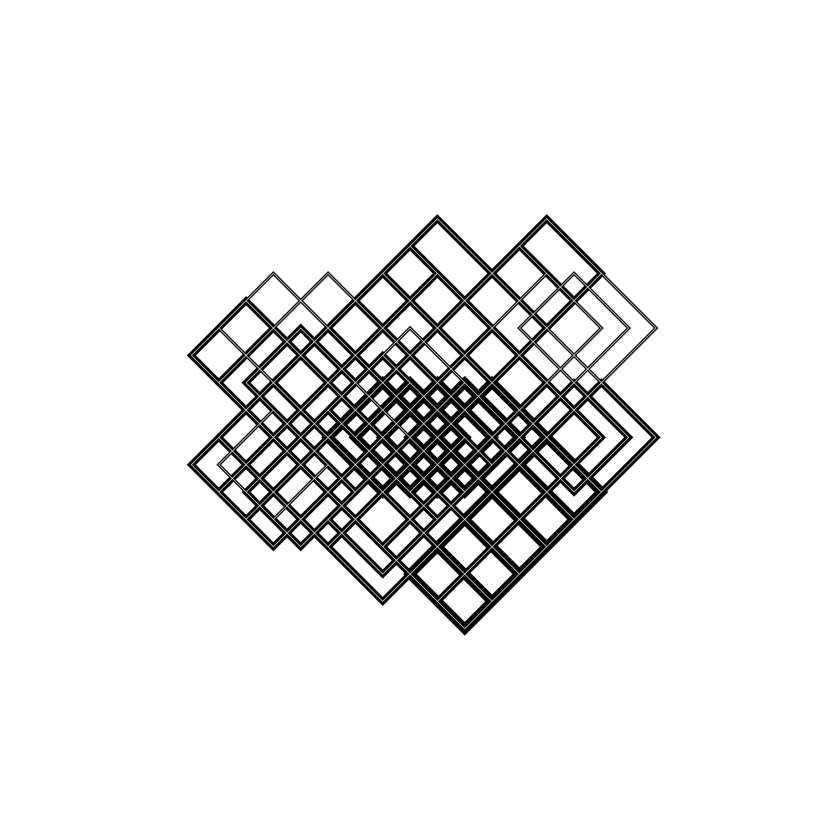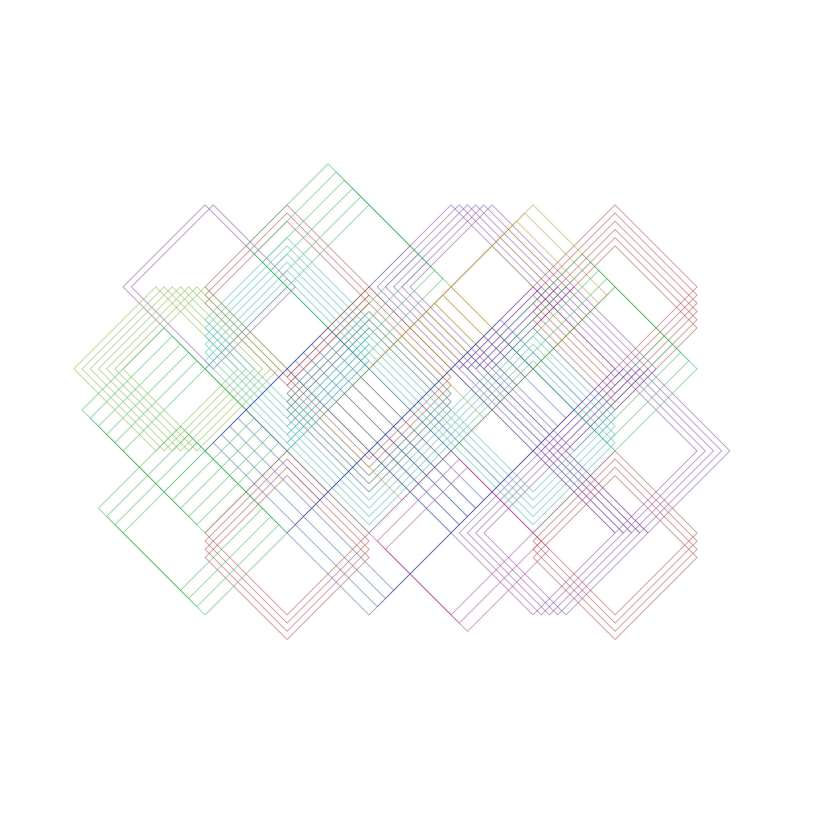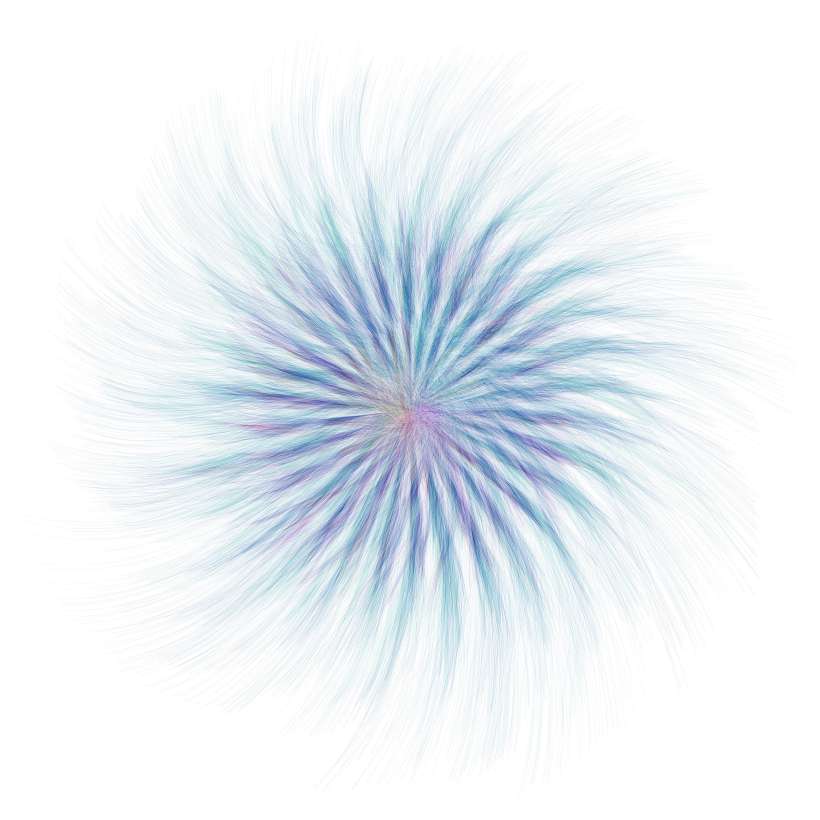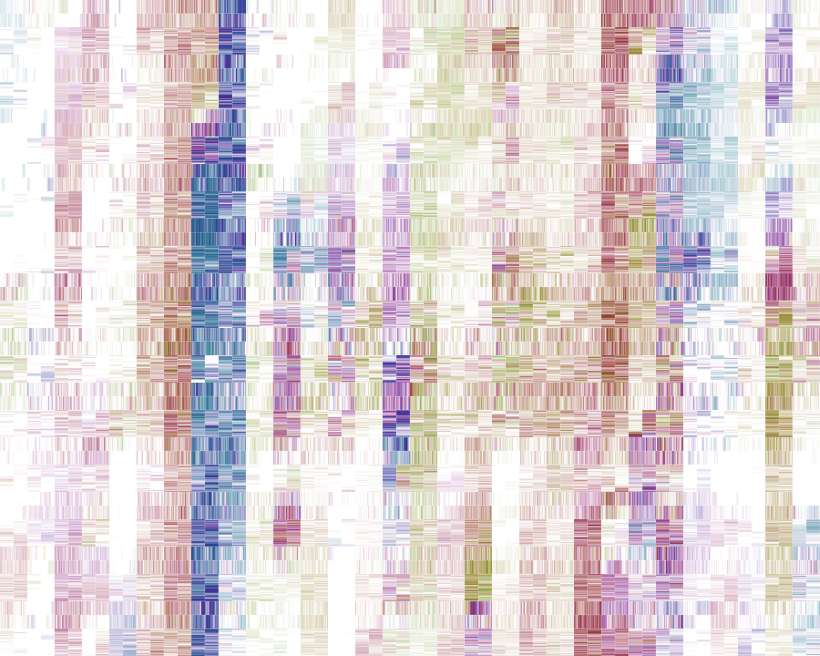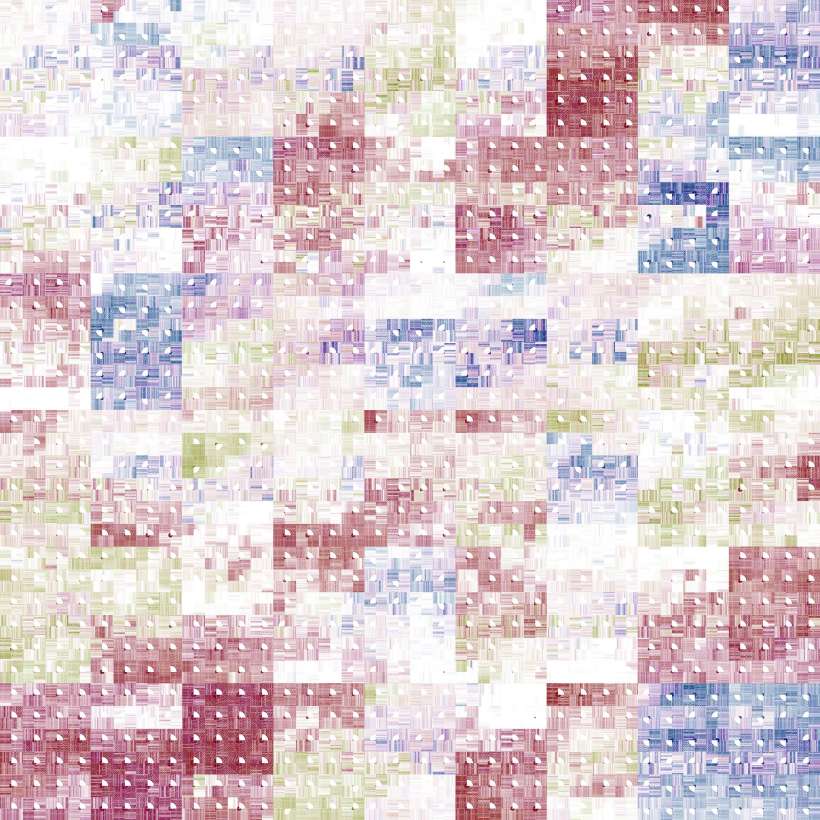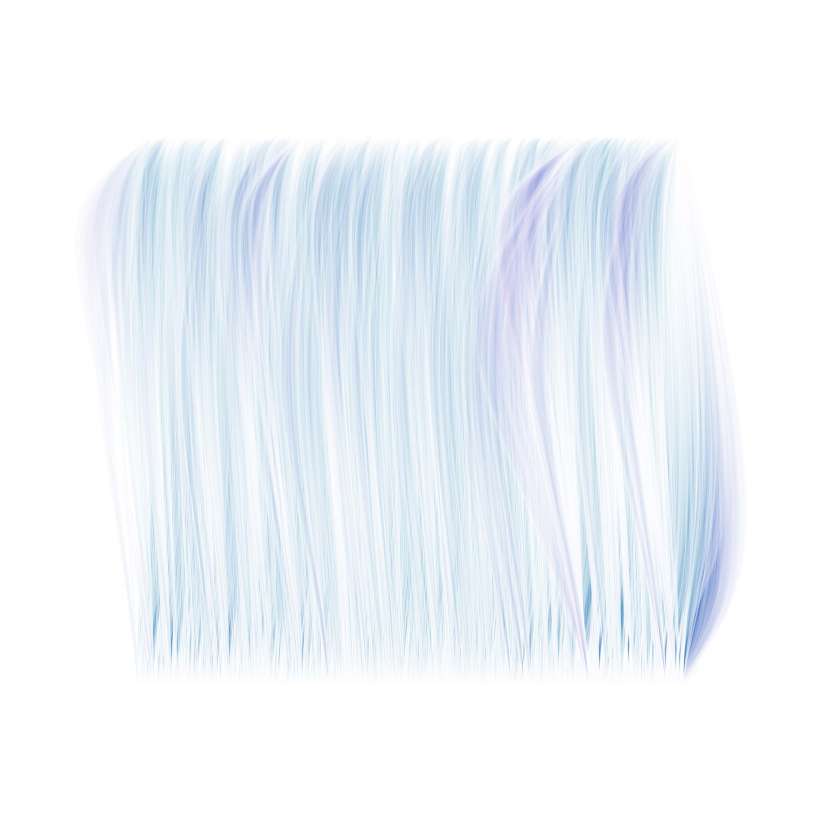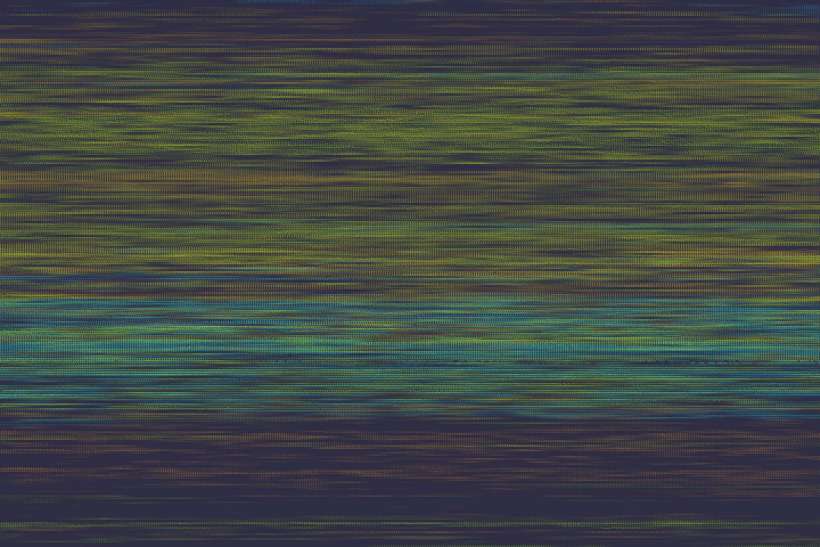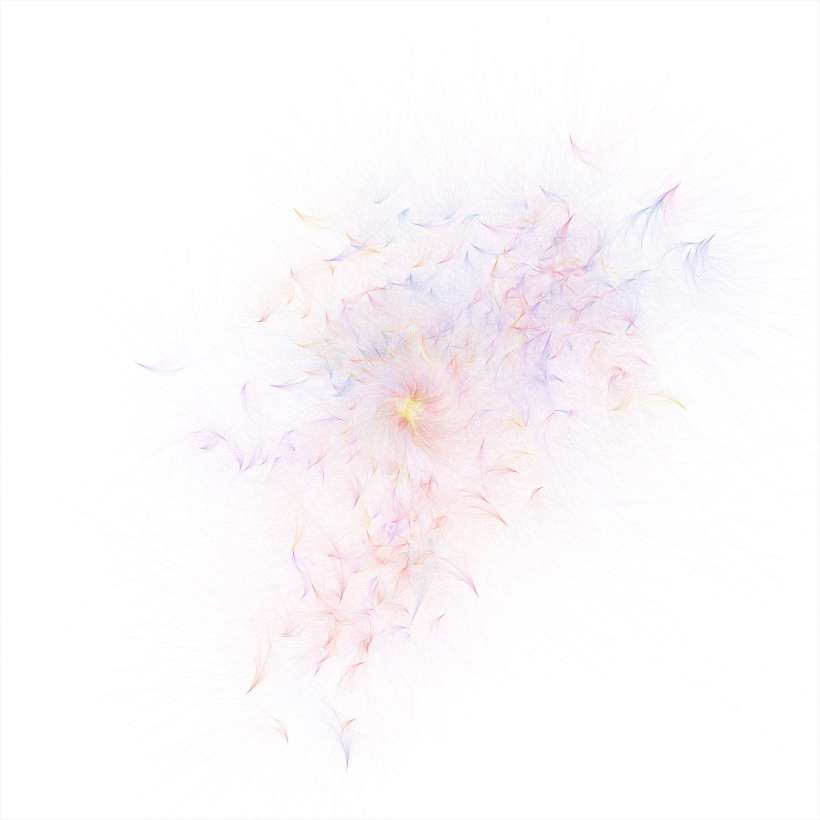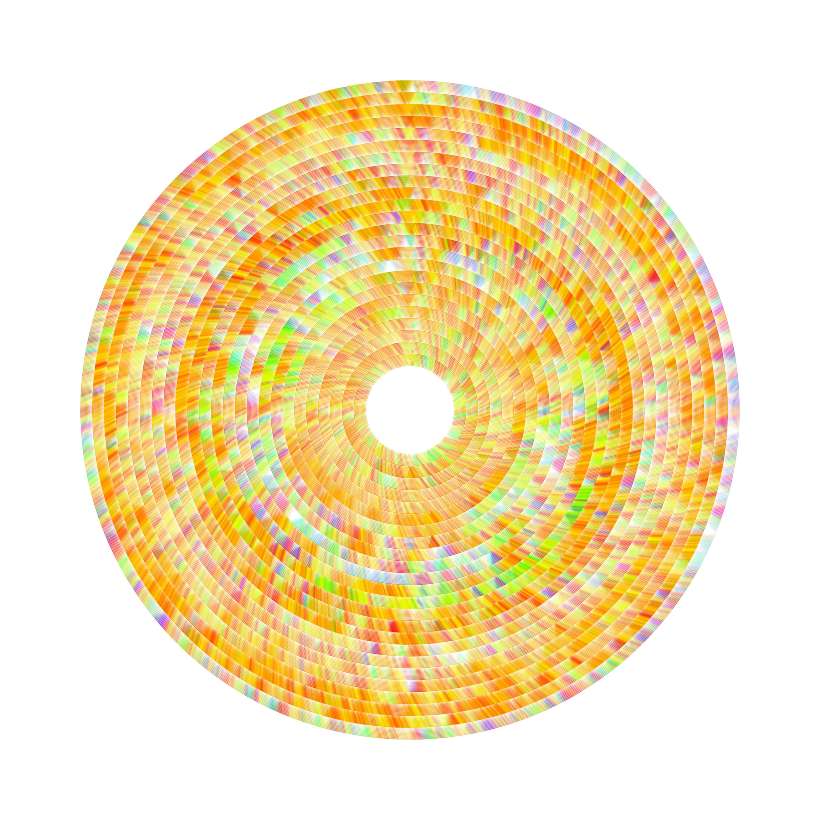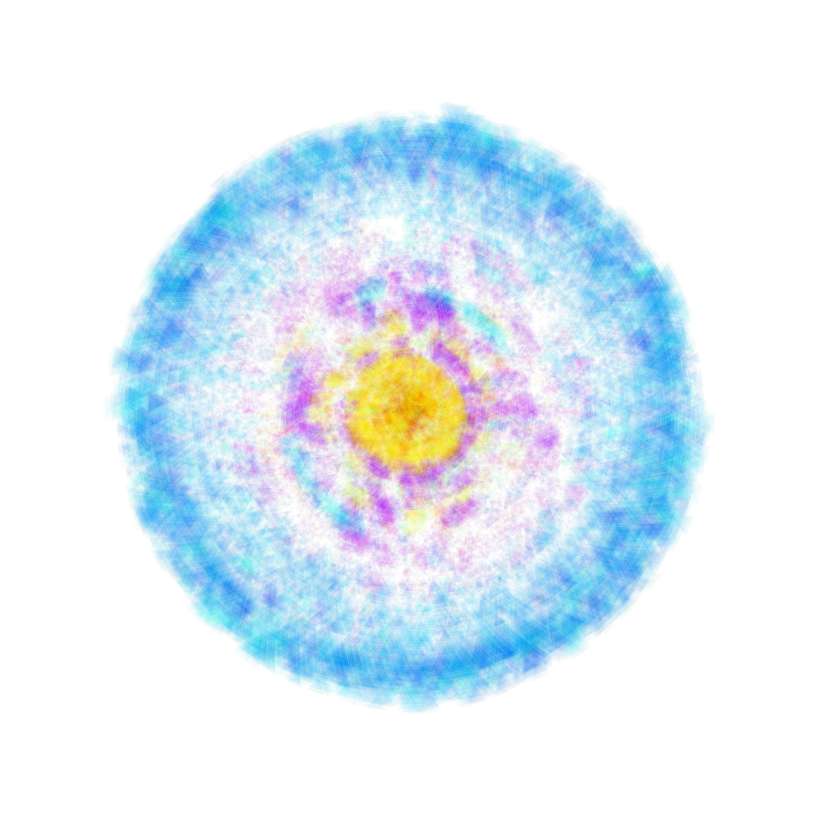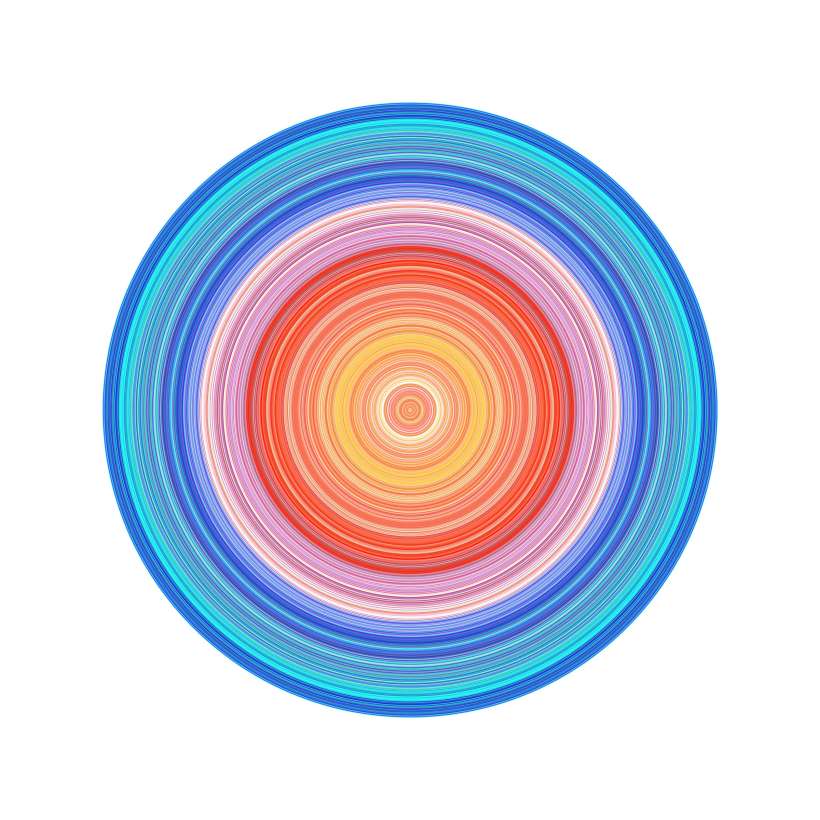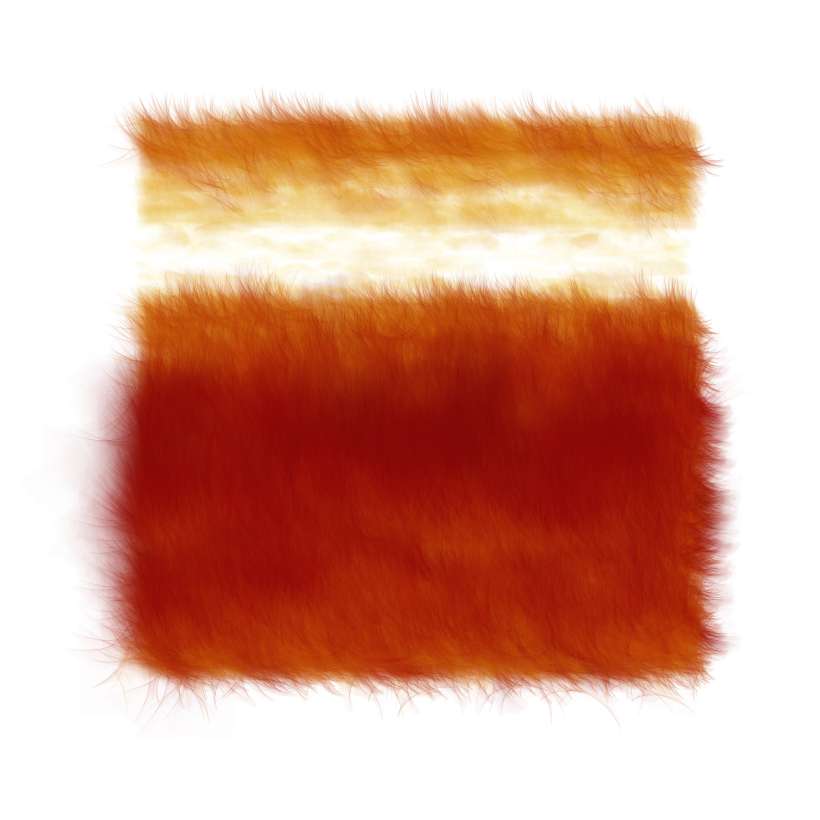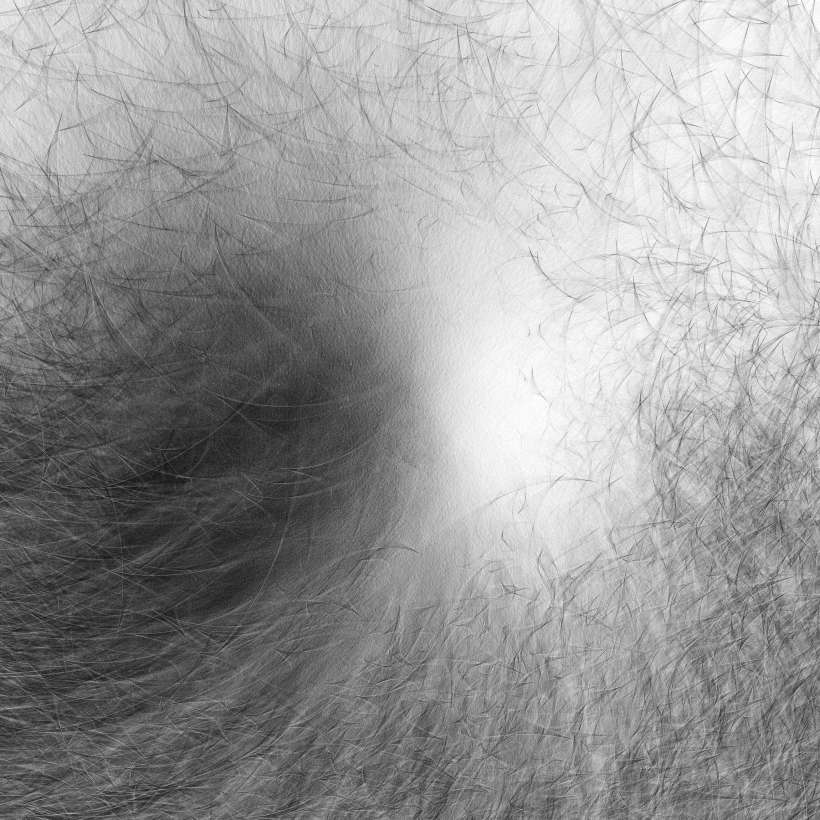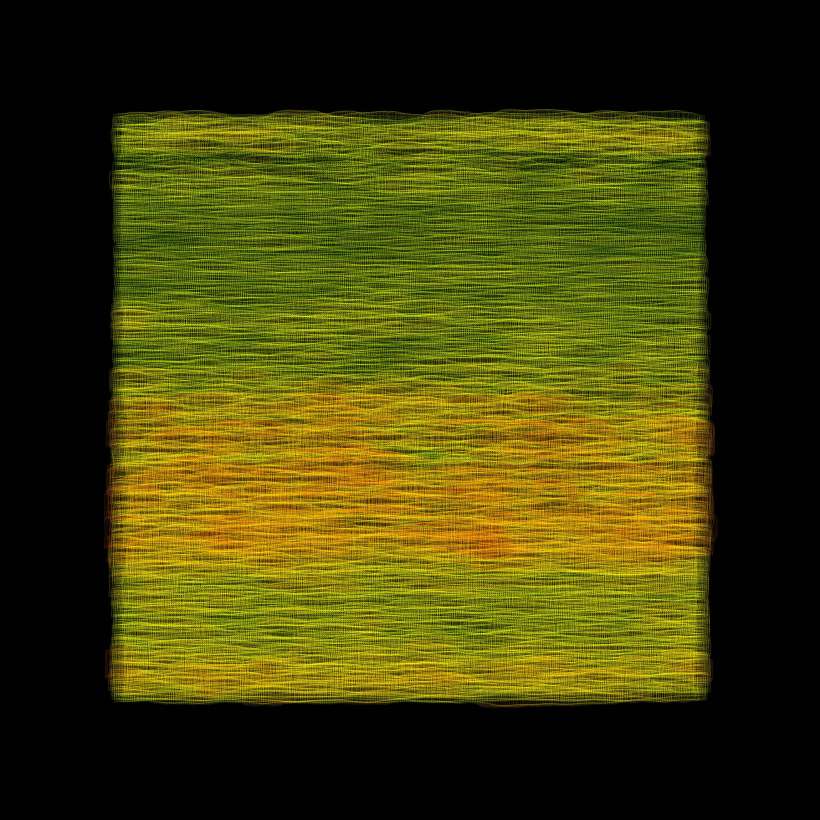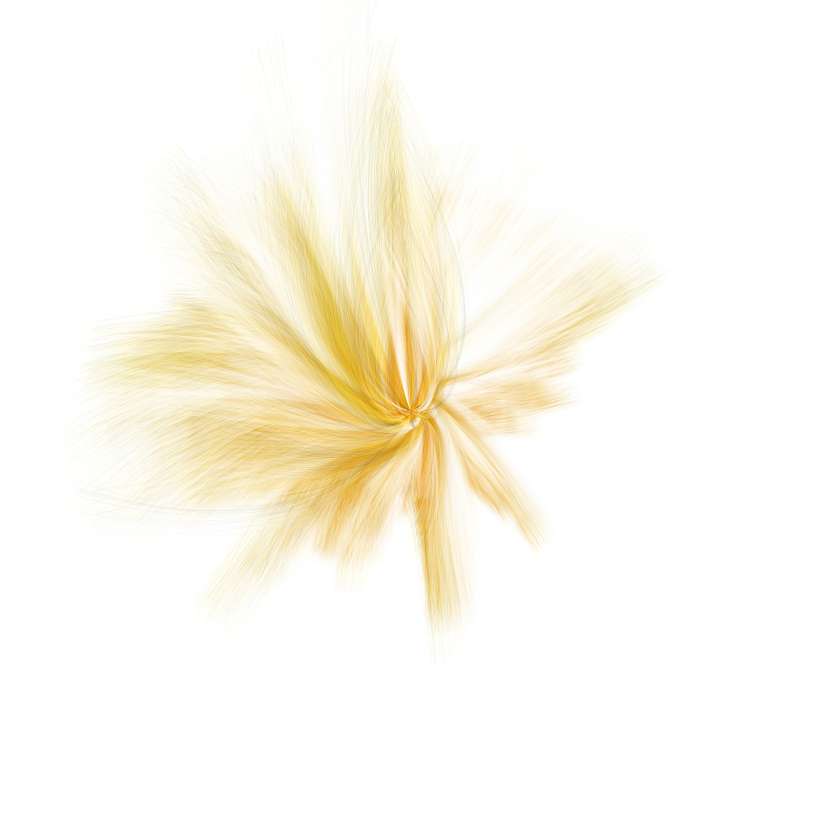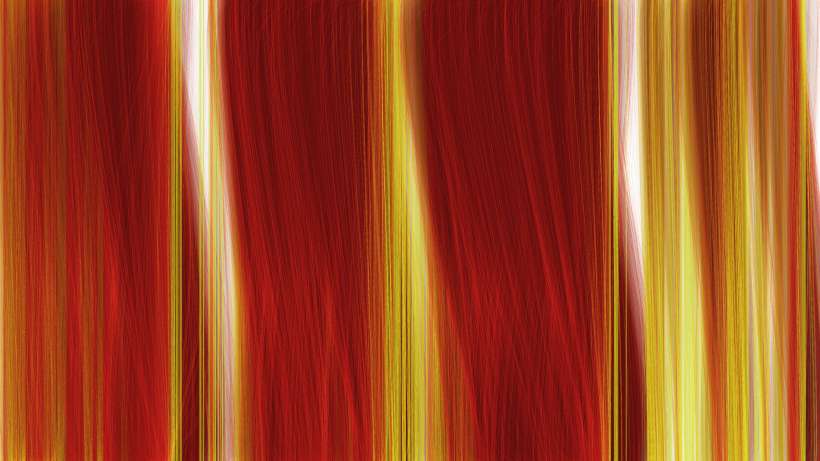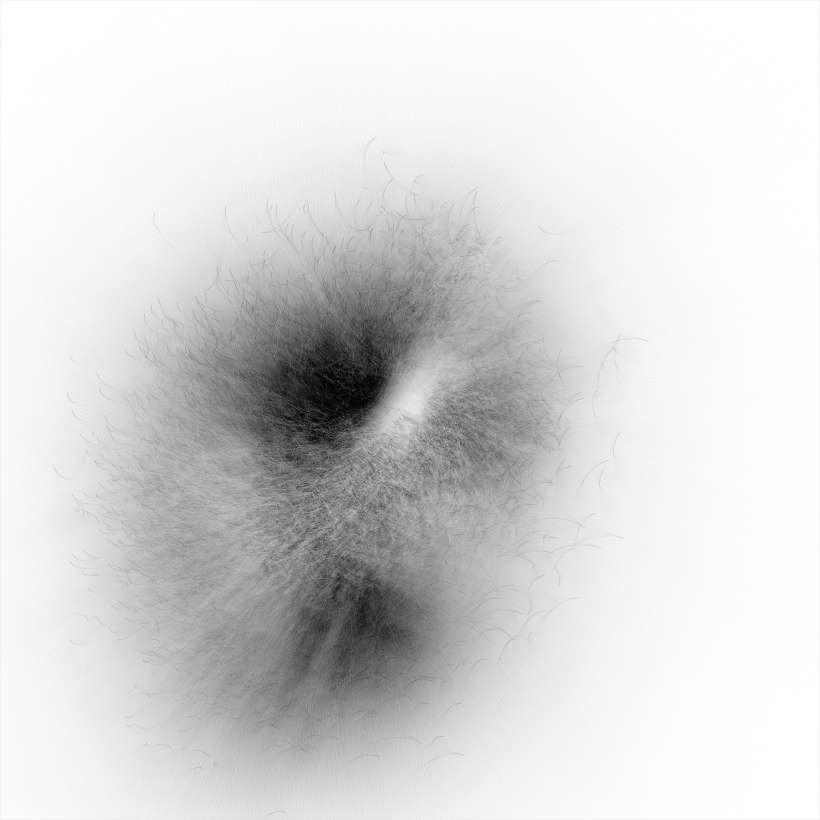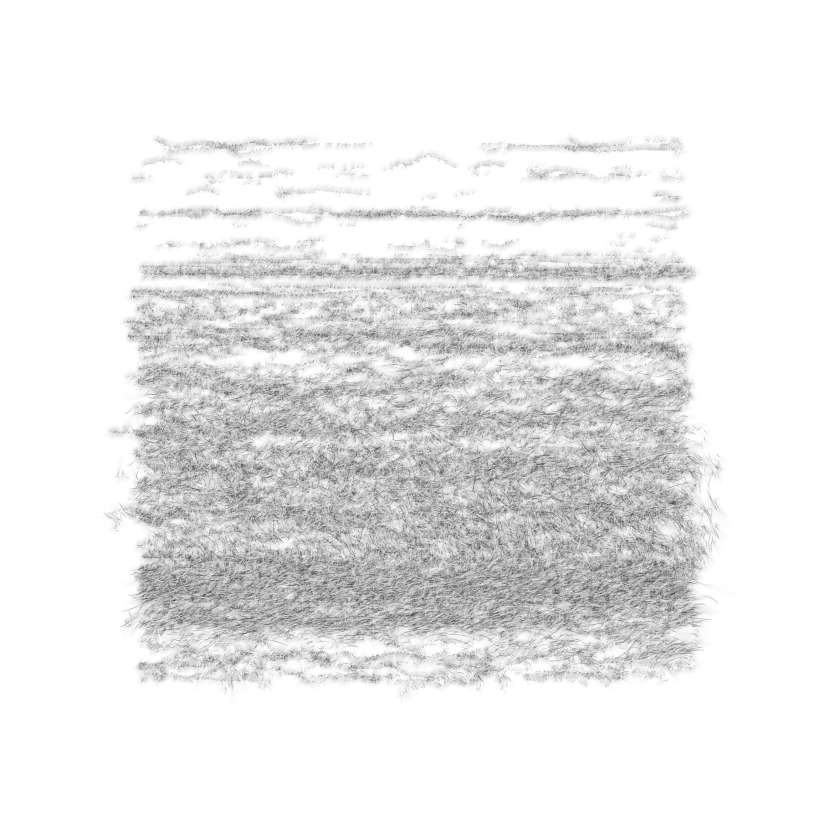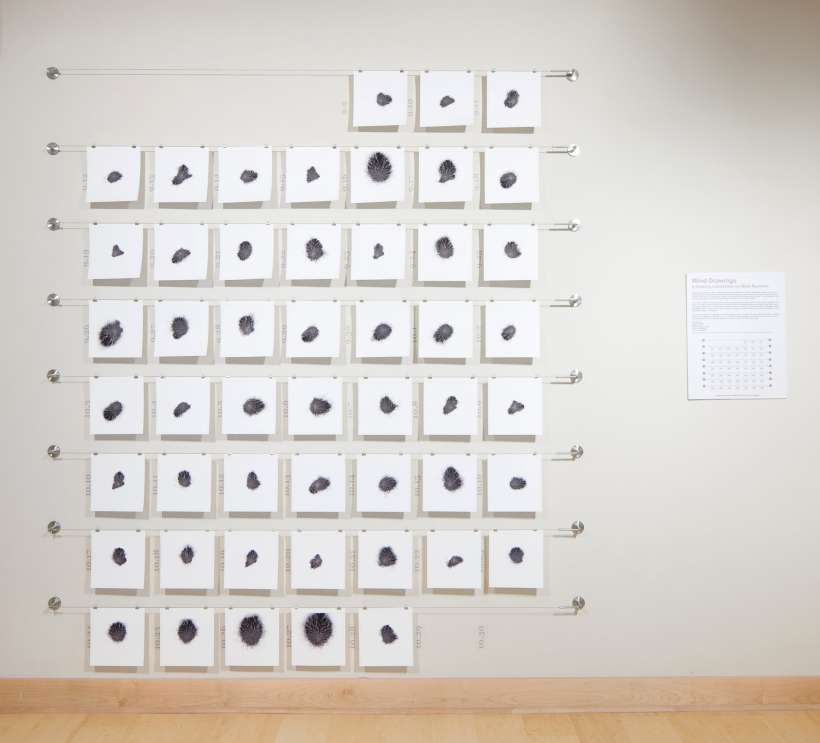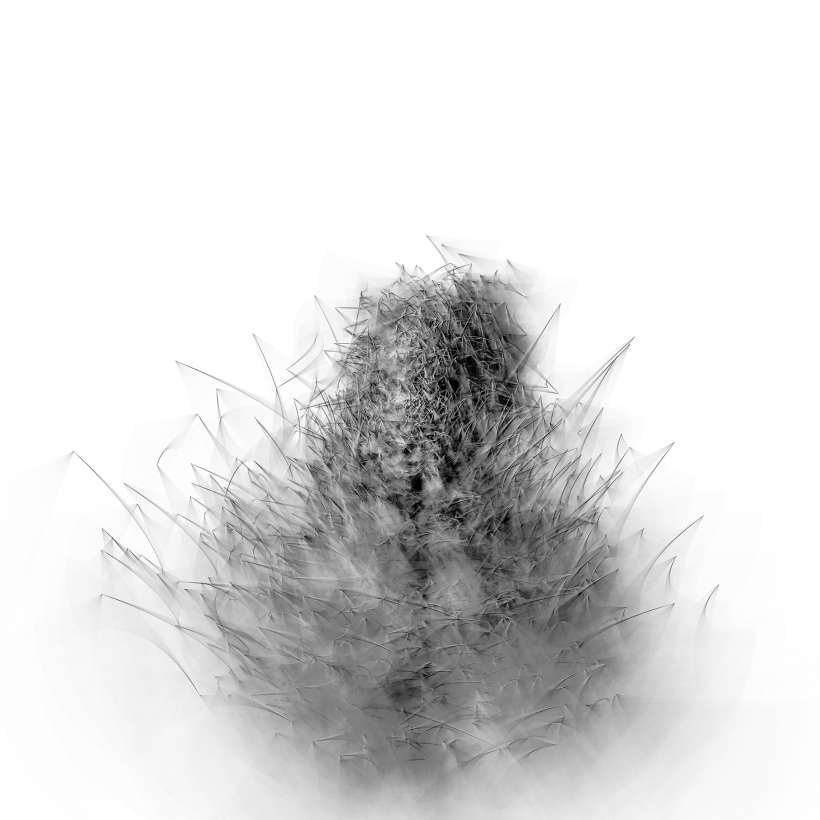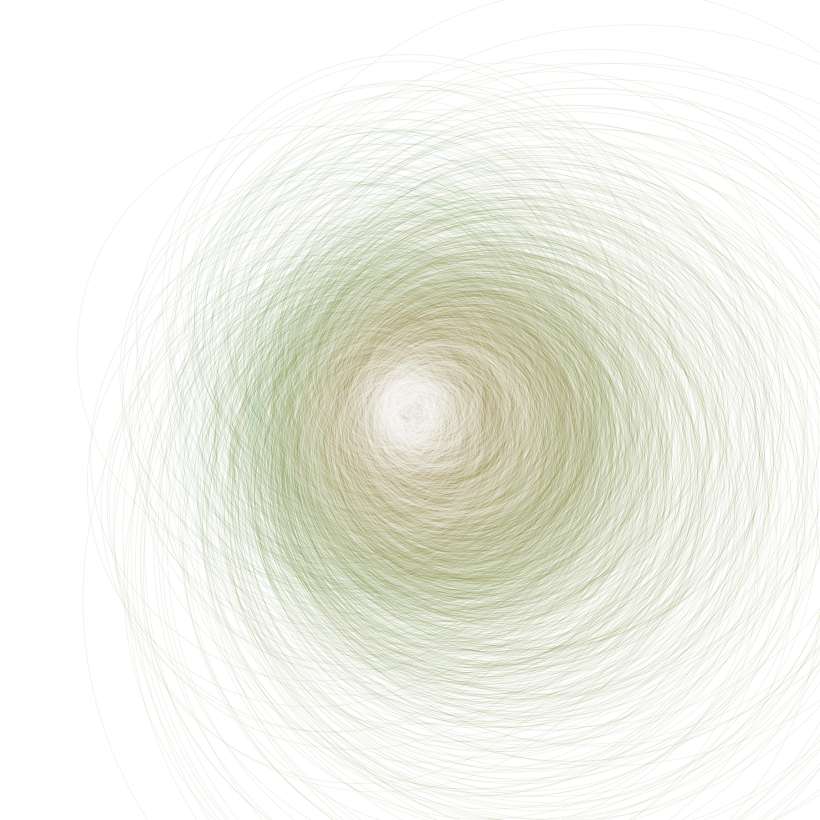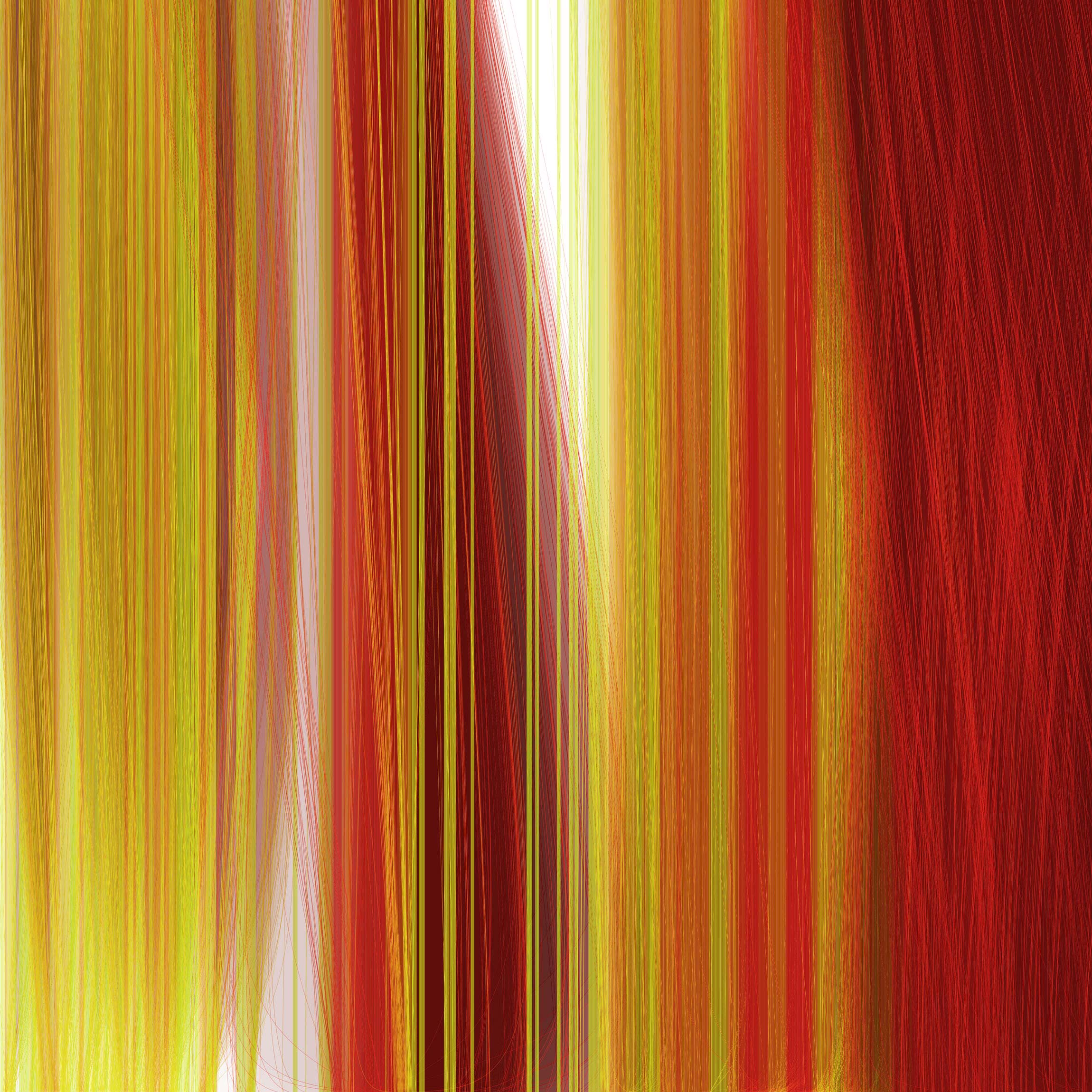 ;
;
Digital Wind Drawings
Fascinated by what was happening with my wind drawings created with analog processes, I wanted to gain a better understanding of how winds change throughout a day. My first digital process was developed in 2006 shortly after making a series of pen and ink drawings.
Each wind drawing recorded a whole day of wind. One day’s drawing was quite different from another. Some were filled with marks while others had only a few.
While the drawing process is underway, I could watch the pen dart across the paper's surface as it responds to the wind, but when looking at a completed drawing I couldn't determine which marks were made when. I could roughly tell which direction the wind came from since I oriented the top of the paper toward north before starting a drawing, but I couldn’t tell how fast the wind was blowing and when.
In my last year of graduate school, I took a class called The Artist’s Machine and learned how to use a microcontroller and sensors. Using an anemometer and a homemade wind vane made with a potentiometer, I recorded wind conditions every second for three days on the balcony of my apartment. Then, with software written in Processing, I developed rules for how to draw with the data I collected. After some refinement, I had my first digital wind drawing process, Process.2006.01.
Since then, I’ve been dreaming up new processes and writing software in Processing for still images and animated drawings, or in Grasshopper, a Rhino plugin, to generate three-dimensional forms.
Each digital wind drawing process starts with an exploration of how to use direction speed and time to structure and generate form.
